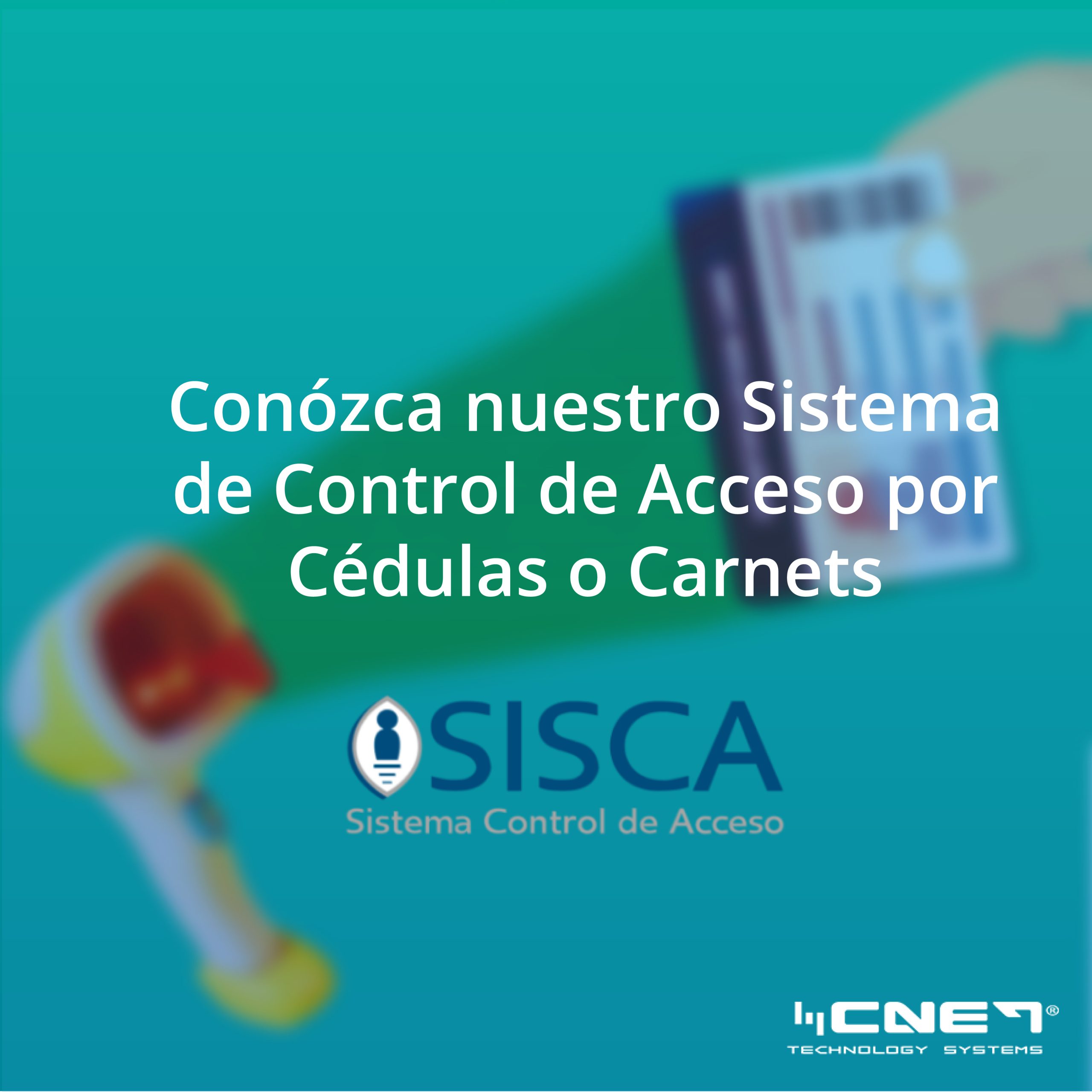Bienvenidos a CNET Technology Systems
CNET, es una empresa costarricense con más de 17 años en el mercado nacional e internacional, orientada al desarrollo de aplicaciones y soluciones integrales en las áreas de desarrollo de software, redes, telecomunicaciones, soporte técnico y venta de equipos. Además, se ofrecemos servicios de asesorías, capacitación, diseño gráfico y multimedia, cámaras y circuito cerrado, outsourcing, suministro de "hardware" y "software”.


